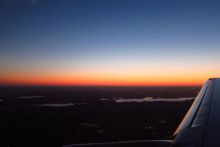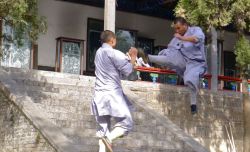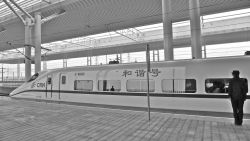Part 1 | Part 2 | Part 3 | Part 4
Hue (bus, 9€) ⇒ Hoi An (with a stopover at Nha Trang, sleeper bus/another bus 15€) ⇒ Da Lat (a sleeper bus, 9€) ⇒ Saigon (Mekong Air, 25€ ) ⇒ Phu Quoc (speedboat, 9€) ⇒ Ha Tien (bus, 8€) ⇒ Kep, Cambodia (minivan, bus, 6€) -> Sihanoukville ⇒ Koh Rong (boat, 11€ for the roundtrip) ⇒ Sihanoukville (four buses/minivans and one boat, 20€)-> Koh Chang (boat, bus, 6€) ⇒ Bangkok (diesel train, 2nd class, 0.5€) ⇒ Ayuthaya (diesel train, 2nd class, 0.5€) ⇒ Bangkok (Air Berlin, via TGX, 346€) -> Helsinki
Total: 119€ + 346€ for the flight to Helsinki
One particular thing about traveling in Vietnam and Cambodia is that it is extremely slow. Distances that do not look that big on the map can easily take a whole day of traveling, as it for example happened on the route from Sihanoukville to Koh Chang. Phu Quoc to Kep transfer took a greater part of the day too. There is an option in Vietnam to buy a bus pass, which includes eight destinations. And the price is only 40 bucks. Extremely good value, if you do a bit of traveling around Vietnam. I learned about it only after spending some time in Vietnam, which made me very sad. But in the end I did not do enough traveling in Vietnam anyway. On the route from Saigon to Phu Quoc as it was almost the same price as the bus + boat combination and saved me a whole day of travelling. Boats are never cheap.
A quick recap of Epic Journey 2: The Orient Express
View Epic Journey 2: The Orient Express in a larger map
- The total price of moving from one place to another is 1262€
- 8/10/2010 – 02/06/2011. Almost eight months of travelling. I aimed for a 9 months travel to make the journey more symbolic, but had to come back when I had to come back.
- 11 countries visited (Macau and Hong Kong included)
- I flew only thrice. Hong Kong ⇒ Bangkok, Saigon ⇒ Phu Quoc and Bangkok ⇒ Helsinki
- The longest stretch by land: Helsinki ⇒ Hong Kong.
- The most comfortable way to travel is high-speed trains in China
- The least comfortable is crappy buses everywhere. The bus from Ulan Ude to Ulan Bator probably takes the lead.
- Summer began in December for me
- I saw a little bit of snow in Siberia and Mongolia, though


